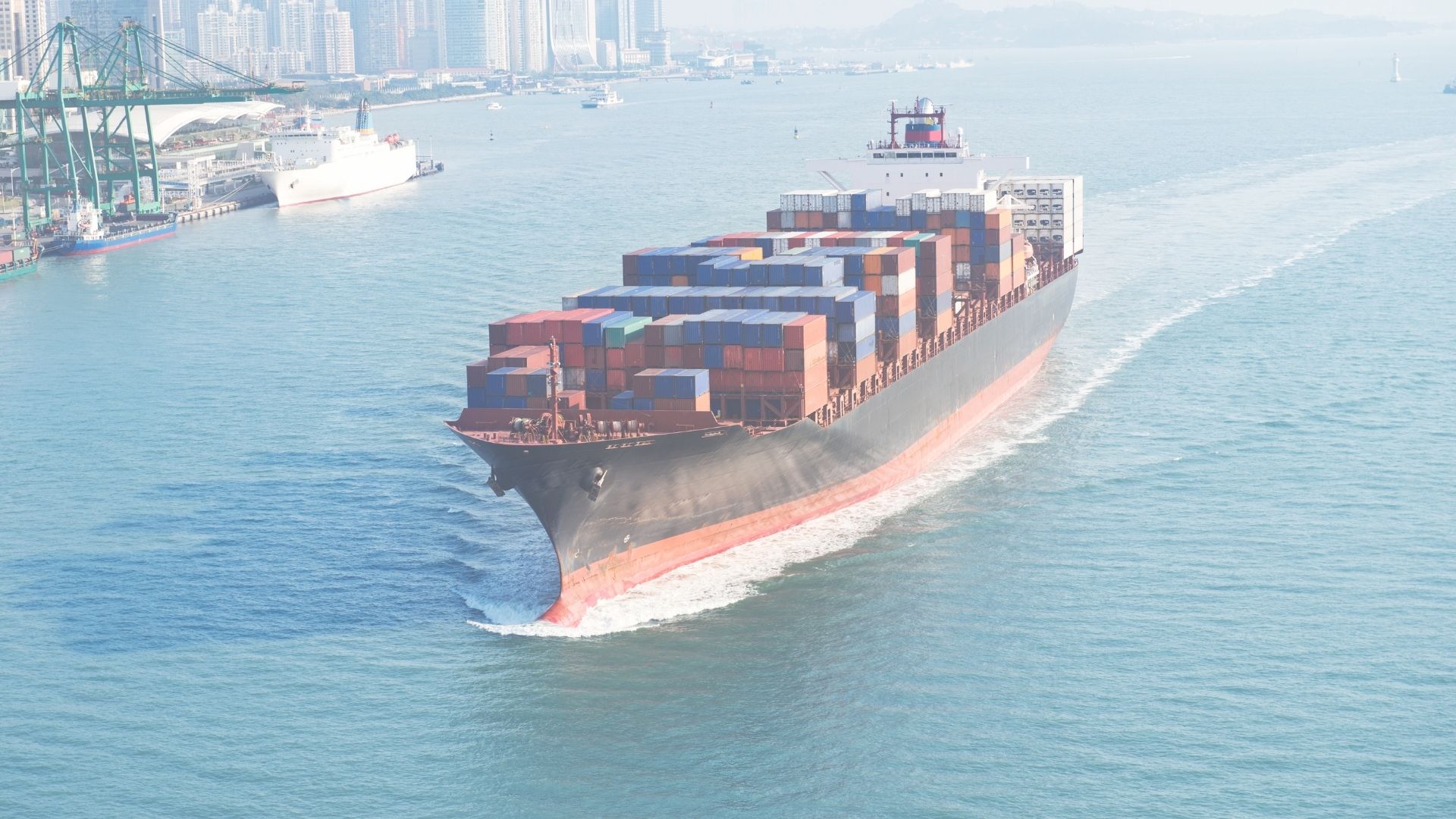
Challenges faced by cabotage in Brazil
Cabotage has been highlighted in recent years as one of the most viable ways for Brazilian companies to achieve more efficiency and safety in the movement of their cargo within the country.
This type of operation grows more than 10% a year and Brazilian Federal Government expects this index to reach an incredible 30% annual growth.
This is because the “BR do Mar” project was approved in 2020, placing cabotage even more in the news as it increasingly becomes an option seriously considered by major logistics operators in Brazil.
In this article, we will get to know a little better about cabotage and the “BR do Mar” project, which promises to revolutionize the reality of cargo transport in Brazil.
But what is cabotage?
Cabotage is maritime transport carried out between ports within the same country.
The name cabotage is a tribute to the important Venetian navigator Sebastian Cabot, who in the 16th century explored the entire North America coast.
This mode of transport has the potential to provide an important positive economic impact for the country due to its handling capacity, which normally takes place in containers, the low cost, the safety of the operation, and the reduced environmental damage.
Among the main benefits of cabotage we may highlight:
- Logistical efficiency – as the country’s navigable coast is the main transport route, cabotage does not suffer as much as other modes problems such as traffic jams, the condition of roads or railways, availability of vehicles and the fuel high costs.
- The high level of security – among the available modes, it is the one subject to the lowest rate of theft, robbery, loss, and damage to the goods handled.
- Environmental efficiency – using the country’s waterways, cabotage is the modal that requires the least fossil fuels in the ton/kilometer ratio, which means that it emits less harmful gases to the environment.
But as in whatever logistical solution chosen: not everything is perfect and cabotage also faces some specific challenges that are very well understood and studied today.
The main challenges faced by cabotage operators in Brazil are the long delivery time, the limitation of available routes, and the restriction over flying foreign flags ships.
The bureaucracy for releasing the loads in the pre-shipment and post-shipment is the main cause of the slow delivery of the cargo sent. By itself, the maritime modal is already the one that naturally presents the longest transit time, with the addition of numerous supporting documents required, the length of the journey becomes even longer.
Even taking advantage of the extensive Brazilian coast and still having the possibility of using the Amazon basin, cabotage is only possible where there are adequate port structures for ships to be moored and cargo to be properly unloaded. In addition, although the longest stretch is carried out by water routes, there is still dependence on the flow of cargo using the road modal.
As it is a logistic solution that aims to benefit and use the country’s resources, the fact of restricting the cabotage practice only to Brazilian flag ships makes the technological level and the market competition lower, delaying the positive impact expected by the project for the economic development of the country.
Even so, understanding the main challenges of cabotage, we are able to perceive even more importance in the aforementioned BR do Mar Program, which seeks to bring direct solutions to such problems faced.
Formally known as the Cabotage Transport Stimulation Program, BR do Mar support its measures on four pillars whose main objectives are to stimulate competition, reduce costs and establish new routes.
The four pillars of the program are: fleet, naval industry, costs, and ports.
In the naval industry, the government mainly aims to stimulate the naval sector regarding maintenance and repair services. The main action is to enable the use of Marine Merchant Fund resources so that both foreign and Brazilian companies can enjoy the services of Brazilian shipyards.
With regard to costs, the main focus will be on reducing bureaucracy and simplifying the required procedures that burden cabotage operations.
In Brazilian ports, the BR do Mar promises to increase the operational capacity of the available terminals through new leases of port regions, flexibilization of contracts for the entry of initial loads, tenders for new port operators, authorization of private operators, not to mention the large investments in existing contracts.
Regarding fleets, the Federal Government will stimulate competitiveness as a result of promoting an increase in the available fleet by authorizing charters of foreign ships for the use of Brazilian Shipping Companies.
What is known is that cabotage is the great Brazilian bet for the balance of the country’s logistics matrix for the coming years, expecting to reach 2 million TEUs handled in 2022.